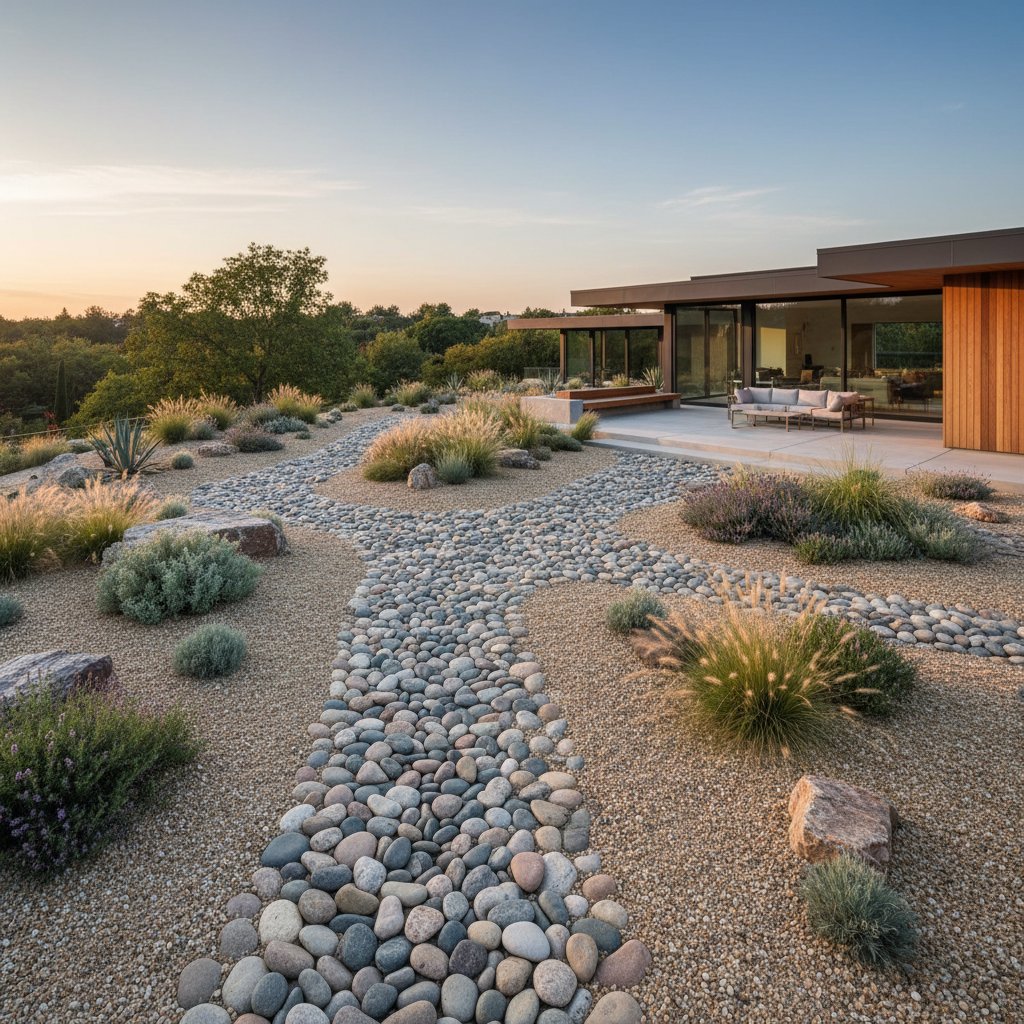The Rise of Edible Front Yards in 2025
As spring arrives in neighborhoods, front yards reveal a shift from uniform lawns and hedges to diverse plantings of kale, strawberries, and herbs. The subtle aroma of basil blends with blooming petunias, creating an environment that redefines outdoor spaces. This change extends beyond food production; it integrates utility with visual harmony.
Edible landscaping, also known as foodscaping, reimagines front yards as multifunctional areas. Homeowners combine ornamental and edible plants to craft yards that delight the eye while providing fresh produce. This approach fosters a deeper connection between home and garden.
Integrating Aesthetics and Utility
Effective edible front yards avoid the appearance of relocated vegetable patches. Designers apply principles of form, texture, and color to create cohesive layouts. Plants serve dual purposes: they enhance beauty and yield harvests.
Homeowners achieve this balance through targeted strategies:
- Color harmony: Combine the deep greens of lettuce and kale with the bright blooms of marigolds or nasturtiums to introduce visual interest and prevent monotony.
- Structural elements: Incorporate fruiting shrubs such as currants or compact blueberries to establish height, shape, and repeating patterns across the yard.
- Seasonal variety: Pair spring herbs like chives with summer vegetables including peppers and eggplants for continuous appeal throughout the year.
- Texture diversity: Layer broad-leafed greens with slender onions or garlic to build depth and mimic natural garden ecosystems.
Such designs yield front yards that rival traditional ornamental setups, complete with the satisfaction of regular harvests.
Selecting Suitable Plants
Selecting plants requires attention to aesthetics, size, and growth habits to suit front yard visibility. Avoid sprawling varieties or those needing extensive supports that disrupt sightlines. Focus on compact, attractive options that integrate seamlessly.
Recommended plants for edible front yards encompass:
- Leafy greens like kale, Swiss chard, and red leaf lettuce, valued for their vivid colors and straightforward care routines.
- Compact fruits such as strawberries, peppers, and determinate tomatoes, which deliver color bursts and maintain tidy forms.
- Herbs including rosemary, thyme, and sage, suitable as edging plants that release pleasant scents.
- Shrubs and small trees like dwarf blueberries, figs, or citrus varieties, providing backbone structure and year-round features.
- Edible flowers such as nasturtiums, violas, and calendula, which add vibrancy and suit culinary uses in salads.
Blend perennials for enduring presence with annuals for seasonal updates. This combination sustains vitality, ensuring the yard transitions smoothly between growing cycles.
Essential Practical Steps
Beyond design, success hinges on site-specific factors like sunlight, soil, and water management. Edible plants typically require six or more hours of direct sun daily; map light patterns in your yard to optimize placement.
For challenging soils, such as compacted clay, install raised beds or oversized pots. These structures enhance drainage and allow customization of soil blends with compost, topsoil, and organic amendments to support robust growth.
Apply mulch layers of bark, straw, or leaves to conserve water, control weeds, and present a polished look. Opt for drip irrigation or soaker hoses to deliver water efficiently to roots, minimizing leaf wetness that invites diseases and preserves neatness.
Treat maintenance as landscape care: prune regularly and harvest promptly to promote health and shape. Remove spent herb flowers to curb spread. Dedicate weekly time to these tasks for sustained equilibrium.
Fostering Community and Hospitality
Edible front yards extend beyond private use; they invite interaction with passersby and guests. Ripening tomatoes along pathways or herb borders near entrances spark discussions and occasional produce sharing.
For hosting, position seating amid aromatic herbs, enabling guests to enjoy mint-infused drinks from on-site plants. This setup imparts a personal touch absent in purely decorative gardens.
Address privacy by planting screens of cornstalks or vining beans on trellises. These elements soften boundaries, maintaining openness while providing gentle seclusion.
Evolving Your Edible Landscape
Established edible front yards develop into dynamic features shaped by seasons and adjustments. Monitor plant performance and adapt to evolving tastes, such as favoring certain hues or produce types.
Initiate with modest elements like a single bed or containers, allowing organic expansion. Seasonal reviews reveal synergies, like basil complementing floral borders or strawberries succeeding beneath roses.
The true value lies in ongoing engagement with the space. Observing productive plants replace ornamentals underscores the harmony of beauty and function in everyday living.



